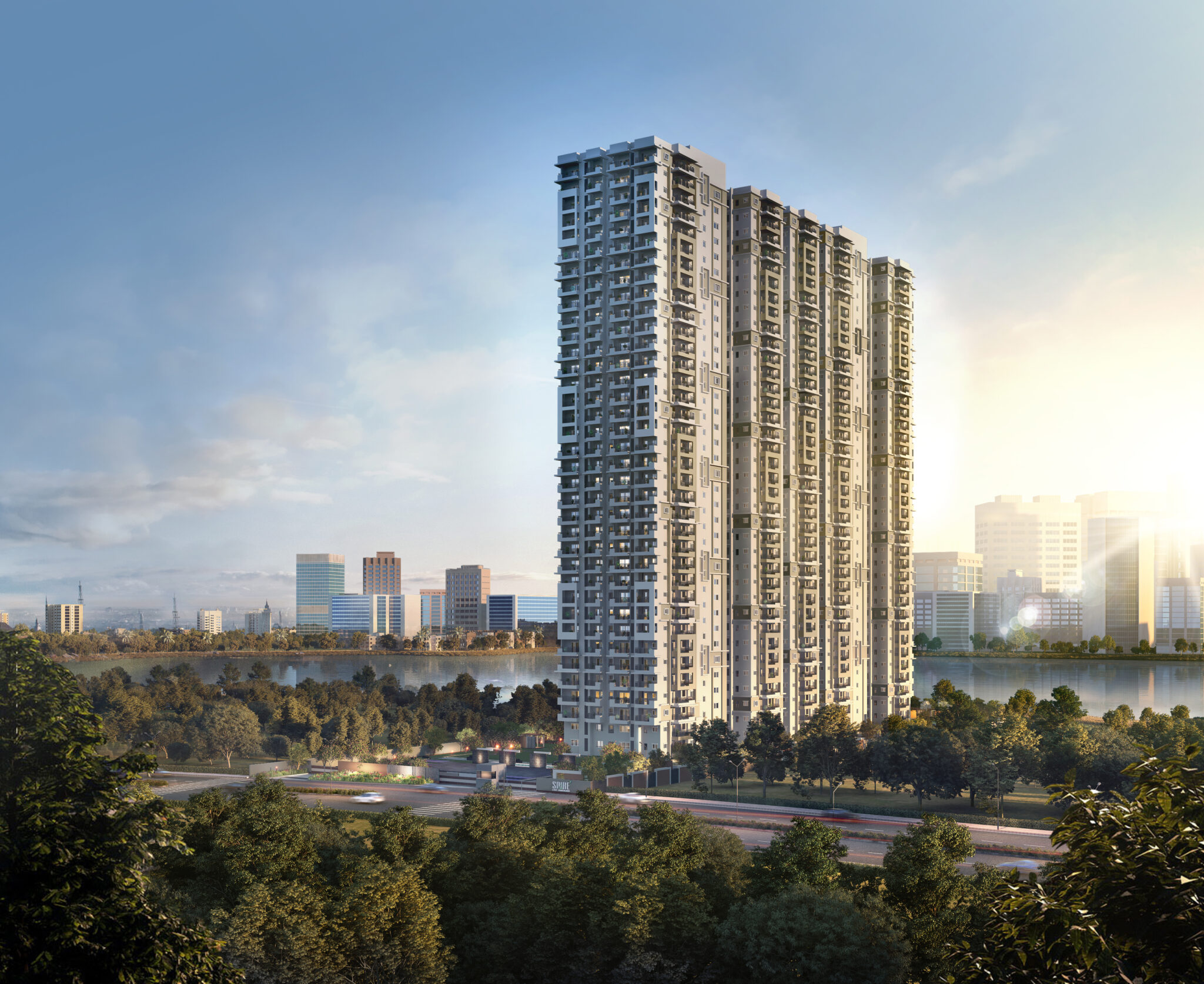How to maintain the perfect balcony garden
Maintaining a balcony garden can be a rewarding experience, but it requires careful attention and dedication. In this blog post, we will explore five key subtopics to help you maintain the perfect balcony garden: the benefits of a balcony garden, designing your balcony garden, choosing the right plants, watering, and edible balcony gardens.

Benefits of balcony garden:
There are many benefits to having a balcony garden, including improved air quality, reduced stress, and increased happiness. Balcony gardens are also a great way to connect with nature and create a peaceful and relaxing environment. Studies have shown that spending time in nature can have positive effects on mental health, including reduced stress and improved mood.
- Enhances aesthetic appeal: A balcony garden can transform a dull and boring space into a beautiful and vibrant oasis. It adds colour and texture to your outdoor living space and creates an inviting atmosphere.
- Provides fresh produce: Edible balcony gardens can provide you with fresh, organic produce right at your doorstep. You can grow vegetables, fruits, and herbs that are not only healthy but also cost-effective.
- Creates a sense of community: Balcony gardens can also bring people together and create a sense of community. You can connect with other balcony gardeners in your area, exchange gardening tips and ideas, and even organize community gardening events.
- Helps the environment: Balcony gardens can help reduce your carbon footprint by providing a natural way to cool your home, improving air quality, and reducing the urban heat island effect.
- Encourages healthy living: Maintaining a balcony garden requires physical activity and can encourage healthy living. It can also be a stress-relieving activity that can help improve your mental health and well-being.
Designing your balcony garden:
Designing your balcony garden is an important step in maintaining a beautiful and functional garden. When designing your balcony garden, consider the amount of sunlight your balcony receives, the size and shape of your balcony, and the style of garden you want to create. You can choose from a variety of garden styles, including modern, traditional, and tropical. Here are some tips for designing your balcony garden:
Make the most of your space: Balcony gardens come in all shapes and sizes, so it’s important to make the most of your space. Consider the layout of your balcony and how you can utilize every inch of it. You can use hanging baskets, vertical planters, and wall-mounted planters to maximize your space and create a lush and inviting garden.
Choose a garden style: The style of your balcony garden should reflect your personal style and the architecture of your home. There are many different garden styles to choose from, including modern, traditional, and tropical. A modern balcony garden may feature clean lines, minimalist plantings, and sleek containers. A traditional balcony garden may feature classic flowers and plants like roses, lavender, and petunias. A tropical balcony garden may feature exotic plants like palms, ferns, and orchids.
Incorporate design elements: When designing your balcony garden, don’t forget to incorporate design elements like color, texture, and height. Choose plants with different leaf shapes and textures to create visual interest, and incorporate different colors to create a cohesive look. You can also add height to your balcony garden by using tall plants or trellises to support climbing plants.
Consider the functionality of your balcony garden: While aesthetics are important, it’s also important to consider the functionality of your balcony garden. If you plan to use your balcony for entertaining, consider incorporating seating and lighting into your design. If you want to grow herbs and vegetables, make sure you have enough space for planter boxes and pots.
By considering the amount of sunlight your balcony receives, making the most of your space, choosing a garden style, incorporating design elements, and considering the functionality of your balcony garden, you can create a beautiful and functional outdoor space that you’ll love to spend time in.
Choose the Right Plants:
Choosing the right plants is crucial to maintaining a healthy and thriving balcony garden. When selecting plants, consider the amount of sunlight and water they require, as well as their size and growth habits. Choose plants that are well-suited for container gardening and that thrive in your local climate. You can also choose plants that are low-maintenance and require minimal care, such as succulents and herbs.
When selecting plants for your balcony garden, it’s important to choose ones that are well-suited for container gardening. Here are a few tips to help you choose the right plants for your balcony garden:
- Consider the amount of sunlight your balcony receives: Different plants have different light requirements, so it’s important to choose plants that match the amount of sunlight your balcony receives. If your balcony is shaded for most of the day, choose plants that can tolerate low light conditions such as ferns, spider plants, and peace lilies. On the other hand, if your balcony receives full sun, choose plants that can handle direct sunlight such as succulents, herbs, and some vegetables.
- Choose plants that thrive in your local climate: It’s important to choose plants that are adapted to your local climate to ensure their survival. Consider the temperature, humidity, and rainfall patterns in your area when selecting plants. If you live in a dry area, consider plants that can tolerate drought conditions such as succulents, cacti, and lavender. If you live in a humid area, consider plants that can tolerate high humidity such as ferns, hostas, and begonias.
- Select plants that are well-suited for container gardening: Not all plants are suitable for container gardening, so it’s important to choose ones that have a shallow root system and can grow in limited space. Some good options for container gardening include herbs, vegetables, succulents, and flowering plants such as petunias and marigolds.
- Choose low-maintenance plants: If you’re new to gardening or don’t have a lot of time to care for your plants, consider choosing low-maintenance plants that require minimal care. Succulents, herbs, and some vegetables such as cherry tomatoes and peppers are all relatively easy to care for and don’t require a lot of attention.
Watering:
Watering a balcony garden is an essential task that requires attention and care to keep your plants healthy and thriving. When it comes to watering a balcony garden, it’s important to find the right balance between providing enough water to keep your plants hydrated without overwatering them and causing root rot.
In some cases, balcony gardens may have the advantage of being located in big planter boxes that come equipped with water inlets. For example, the ASBL Spectra and ASBL Spire apartment buildings in Hyderabad have big balconies with planter boxes and water inlets. This feature can make watering your plants much more convenient and efficient.
However, it’s still important to monitor the moisture level of your soil and adjust your watering schedule accordingly. If your soil is still damp, it’s best to hold off on watering for a day or two. On the other hand, if the soil is dry, you may need to water more frequently to prevent your plants from drying out.
In addition to using water inlets, you can also consider using a self-watering system or placing saucers under your containers to catch excess water. This can help ensure that your plants are getting the right amount of water without over or under watering them. With proper watering techniques and care, your balcony garden can thrive and provide you with fresh, healthy produce throughout the year.
Edible balcony gardens:
An edible balcony garden is a fantastic way to grow your own fresh produce and herbs. You can grow a wide range of fruits, vegetables, and herbs on your balcony, including tomatoes, peppers, cucumbers, lettuce, spinach, strawberries, and herbs such as basil, mint, and parsley. Imagine being able to step outside onto your balcony and pick fresh produce for your meals – not only is it a fun and rewarding experience, but it’s also a great way to incorporate fresh, healthy ingredients into your diet.
Hyderabad, with its tropical climate and long growing season, is an excellent location for growing a variety of fruits and vegetables in a balcony garden. Some examples of fruits that are suitable for a balcony garden in Hyderabad include papayas, guavas, and passion fruit. These fruit trees are small enough to fit in a container and can thrive in the warm, humid climate of Hyderabad.
In terms of vegetables, tomatoes, chillies, and leafy greens like spinach and lettuce are great options for a balcony garden in Hyderabad. These plants are easy to grow and require little space, making them ideal for container gardening. Other vegetables that can do well in a Hyderabad balcony garden include eggplants, okra, and beans.
It’s important to keep in mind that Hyderabad can get quite hot during the summer months, so it’s important to choose plants that can handle the heat and provide them with plenty of water and shade as needed. With the right selection of fruits and vegetables, you can create a thriving balcony garden that will provide you with fresh, healthy produce throughout the year.











